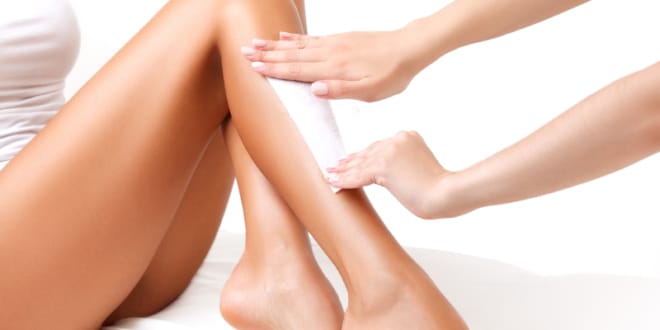A lot of people are just lazy when it comes to removing non-essential hair or depilation. Everybody, myself included, is always looking for pain-free and cheaper ways to remove non-essential hair at home.
I have a short list of what you can do not to remove non-essential hair at home, but to simply reduce the rate of its growth and density without any side effects and without spending as much as you would on techniques like permanent waxing, laser hair removal, and electrolysis.
Remove Non-Essential Hair AT Home with Turmeric Paste
– To remove non-essential hair using this method, you will need to do the following:
– Find some turmeric powder, some milk or rosewater, and a towel
– Take a quarter cup of the turmeric powder and mix with the milk or rosewater, and before you apply the mixture, make sure the area you are about to shave’ is clean and patted dry with a towel.
– Take a generous scoop of the paste and apply it to the area. Leave for half an hour
– Finally, wipe the area with a towel soaked in water.
Unlike shaving and waxing, this method simply thins out the hair; it does not remove it completely and you will not see immediate results upon applying the turmeric.
This method will work to reduce non-essential hair growth without damaging your skin, but you will have to do it every other day for the best effects.
A paste made from lemon and honey will also thin out non-essential hair without damaging your skin, but just like turmeric powder, it cannot be used to completely remove non-essential hair at home.
Should you Shave or Wax?
If you opt to shave at home, then remember that even though it is an inexpensive and fast method to remove non-essential hair, it may cause your underarms to darken as well as lead to ingrown hair.
When shaving, always moisturize your skin afterward with some cucumber juice or coconut oil. Alternatively, you may use olive oil to lubricate the area before shaving to allow for a cleaner shave and less irritation.
You will need to shave every two to three days depending on the rate of your hair growth, but if you choose to wax instead, you will have to do it every four to six weeks. The results will be satisfactory, but just like shaving, waxing and epilation may also cause ingrown hair and in most cases, it is painful.
There are some waxing creams you can make at home, but be careful to get the mixture right so you don’t damage your skin and cause yourself pain whole trying to remove non-essential hair.
Each of these methods has their own advantages and disadvantages, but if you have sensitive skin that can be easily damaged, then neither is good for you.
If your Underarms Are Dark from Shaving
The act of shaving itself is not the only thing that can make your skin darken; excessive sweating, regular use of shaving cream and alcohol-based deodorants can also contribute to this.
To brighten the affected area, use a slice of lemon, cucumber, or potato and rub it against the skin. Leave for 15 minutes then wipe with warm water.
You can also wash the area a few times a week using a mixture of baking soda and water.
Liked this article? Share it to say “thanks!” Your support is much appreciated!
I would love to connect with you!
You can find me on TWITTER1, TWITER2, INSTAGRAM FACEBOOK, PINTEREST, or GOOGLE+







